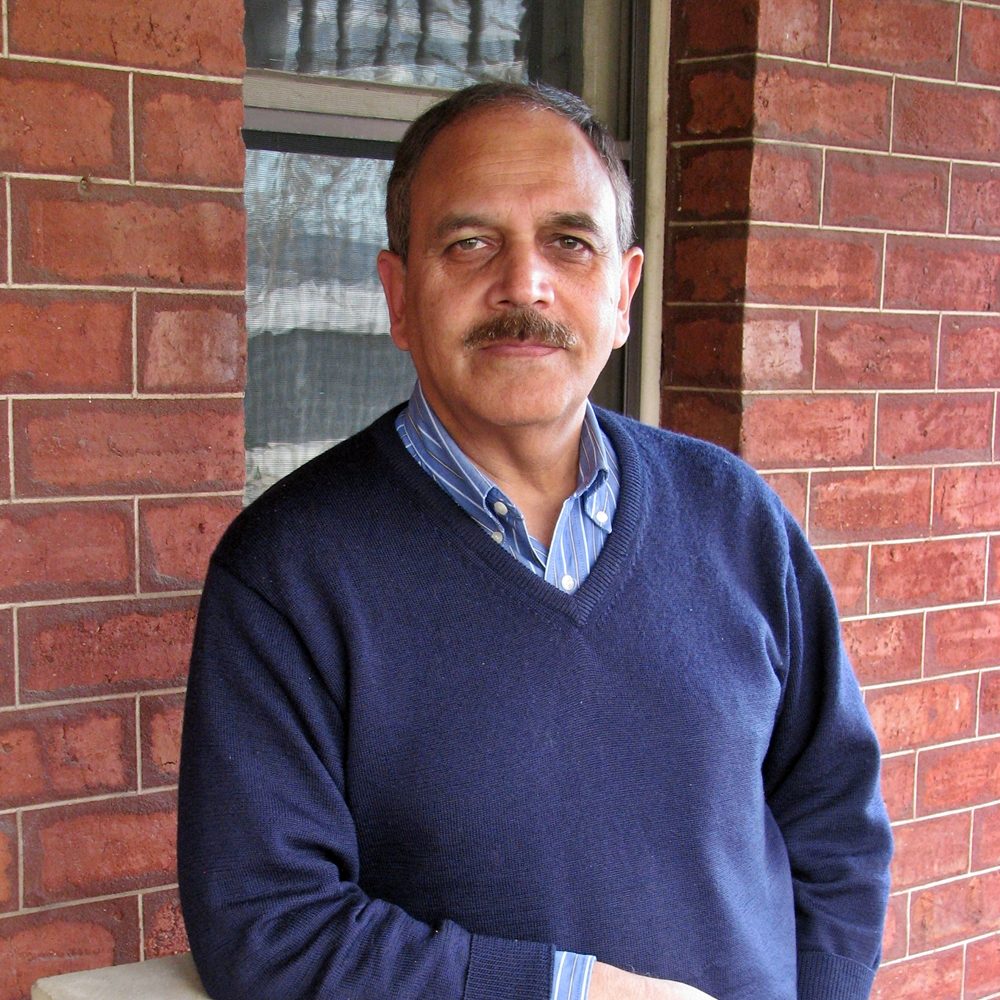Kashmir has a unique cultural and spiritual history that spans over several millennia, long before Jesus Christ. Traditionally, in Kashmir, a man and a woman would be considered as equal in the matrimonial partnership. Their marriage would be celebrated as a sacred union of two equals, with no one superior to the other, each representing one half of a Divine Being, called the ‘Ardhnareshwar’, which embodied both the ‘Shiva’ (the male) and the ‘Shakti’ (the female).
At a traditional Kashmiri wedding, there is a ritual, called the ‘Posh-Pooza’, in which the ‘bride’ and the ‘groom’ are worshipped as a true representation of the Shakti and the Shiva. During the ritual, a ceremonial decorative shawl is placed over the heads of the marrying couple, seated together with their faces fully hidden under the shawl, and the bride’s family and their close relatives incessantly shower them with fresh flowers and flower petals (for about half an hour or so), while reciting sacred mantras with devotional love for the Ardhnareshwar. The wedding ceremony also includes a ritual in which the bride’s father recites the mantra, ‘Om Kanya Toam Dadami’, which means he is offering his daughter to the Shiva (Om), while accepting the groom as his son-in-law.
In Kashmir, girls would not be considered as commodities but, like boys, as humans. Thus, the ritual of ‘kanyadaan’ (donation of the girl), practiced elsewhere in the subcontinent during a wedding, did not gain much prominence or respect in the weddings. Girls, like boys, enjoyed the love, nurture and inheritance from their parents long after their wedding. In essence, the Kashmiri traditions promoted mutual respect between a man and a woman, without subservience of one to the other.
In a stark contrast to some social ills observed, in the pre-1990 era, elsewhere in the subcontinent, dowry deaths were non-existent in Kashmir and so was the practice of female foeticide. Perhaps, the ‘female to male’ ratio was more than 1.0 in Kashmir in those bygone days.
In Kashmir, unlike the plains of north India, girls and boys did not do ‘pareepona’, which means touching the feet of elders, out of customs, or subservience, or for receiving blessings in return.
Out of respect for the Shakti (the Mother Goddess) and to uphold the intrinsic dignity of a human, a Kashmiri bride was never expected or allowed to bow to her newly wedded husband or touch his feet, nor would she be expected to touch the feet of any other elder, especially, from her in-laws. Kashmiri girls were discouraged, actually forbidden, from even folding their hands while greeting others, a simple ‘namaskar’ would do while slightly bowing one’s head. Commonly, a married woman would be called ‘gharwajen’ (house owner) and her male counterpart as ‘mard-mohnuuv’ (male assistant).
Nevertheless, in some minor forms, likely due to relatively poorer education and low employment (and, thus, financial independence) amongst the girls, it was still a largely patriarchal community. Women from all communities (and religions) would have to leave their homes of birth and, immediately after their wedding, move into their husband’s home, adopt his family name and follow the customs, religion and customs of her in-laws. Sadly also, in general, she would be financially dependent on her husband and, thus, subservient to some extent, but, on a brighter note, not for long. As her marriage matured with age, she would gain an upper hand and, in most cases, call the shots around her home. However, exceptions were always there.
As per numerous anecdotes and general observations within the Kashmiri community, in this day and age too, Kashmiri women are seen to take better care of their older parents in their sunset years, as compared to their male counterparts, vindicating their embodiment of the Shakti, the all-powerful Mother Goddess. As it should be, a mother would be respected in Kashmir, in all her supreme and glorious forms — as a mother, daughter, sister and a partner — and not considered by her parents as ‘paraya dhan’ (liability) or secondary to any other person.
Important note: This account pertains largely to the Pandit community of Kashmir and is not intended to misrepresent the Kashmiri Muslim community in any shape or form who have their own traditions and customs. Nevertheless, I wish to humbly acknowledge both the communities of Kashmir. The ethos and the cultural values of the Kashmiri people, in general, with minor exceptions of course, are distinctly unique and remarkably different from all other communities inhabiting the geographical areas surrounding Kashmir. The Kashmiri people, in general, are amongst the loveliest and warmest people in the world, simple but extremely intelligent, wise but not very street smart, gifted with fortitude and infinite patience and an unshakable faith in God.
As a humanist and a unifier, the author avoids labelling people based on their religion or caste or ethnicity, considering the extent of human suffering that feeds around the world on petty human-made divisions.
God bless Kashmir!
Bill K Koul, Perth (12 October 2025)
Copyright Bill K Koul
